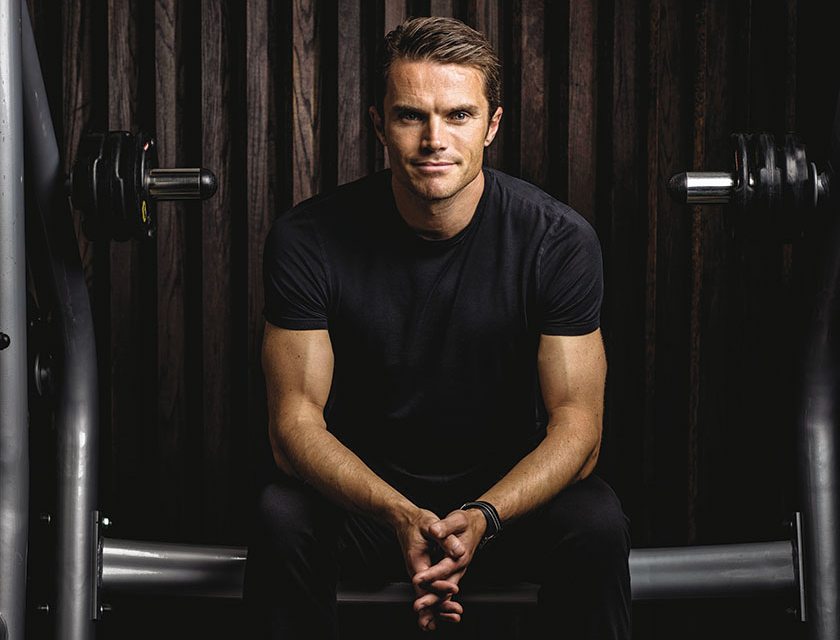London Marathon 2018: Matt Roberts’ Top 10 Running Tips
This post may contain affiliate links. Learn more
Looking for some running tips ahead of the London Marathon on 22 April? Matt Roberts is just the man to help…
Running a marathon is no mean feat. The London Marathon is a highlight of the annual sporting calendar, and is just around the corner. Nervous? Let Matt Roberts, personal trainer to David Cameron, give you his top tips for making it through those 26.2 miles.
The 10 Most Beautiful Running Routes in Britain
Matt Roberts’ Top Running Tips
1.
First thing’s first – kit! If you don’t have a well-fitting pair of running trainers that are less than six-months old, go to a running shop with staff that know enough to match the right trainer to your gait.
2.
It is a great idea to speak to a trainer regarding how best to begin your running programme. The best gains in training are made when you start slowly, build up progressively, have plenty of rest days and most importantly… keep consistent! Also consider doing some strength exercises to build stability around the ankles, knees and hips as the older we get the more muscle mass we lose.
3.
Joints lose shock-absorbency post-20s so it is imperative that we spend a longer period of time warming up and preparing the body before each run.
4.
Do set goals for your running, but be sure to set them lower than your previous ‘bests’ which may have been set many years before! If you are new to running, do set short distance or ‘adherence goals’ until your base has been built. Start off by run/walking. Consider running/jogging for 30 seconds and then walking for 30 seconds. Repeat for 10 minutes to start off with. Progress gradually be increasing the proportion of running to walking.
5.
Think about other forms of exercise to mix your training up a little. Just running in the increasing volumes that you’ll be demanding of your body can be very tough on your joints and connective tissues, so add in a bike ride, team sports game or swim to your weekly routine.

Running routes, Women’s Health and Fitness – Facebook
The Best Exercise Classes in London
6.
Keeping a plan and record of your runs on your main calendar or diary will help keep you motivated. You’ll not want to miss a session if there’s a visual cue!
7.
Remove all the obstacles to you getting the run done… for example keep your kit by the front door so that it’s there ready to be put on before you have a chance to sit down and chill when you come back home. Try and plan to do your run at lunchtime or as part of your commute to or from work.
8.
Pre-workout you should focus on mobilisation – this is the process of gently increasing the blood flow to your muscles, lubricating your joints and moving your body into a state where you are ready to exercise safely. It should form part of every warm-up before you get out there and get running. Movements like leg swings, Spiderman steps, squat-to-stands, calf walks, walking lunges and hip flexor mobility and glute bridges are a good place to start focusing on dynamic stretches before a run and taking your body through a range of movements.
9.
Post-workout is the time to stretch, as static stretching will be more effective when the muscles are warm and malleable. Try to hold each pose for at least 30 seconds, ideally two minutes to get maximum benefit.
10.
Think about the period immediately after your run being the time when you have the best opportunity to prepare and recover, ready for your next run. It is very important to make the right food/drink choices at this time, to get the most out of the effort you’ve put in. Try and consume some protein ideally within 20–60 minutes of completing your session and have some more protein and carbohydrates as the bulk of your next meal to help your body recover and refuel.

